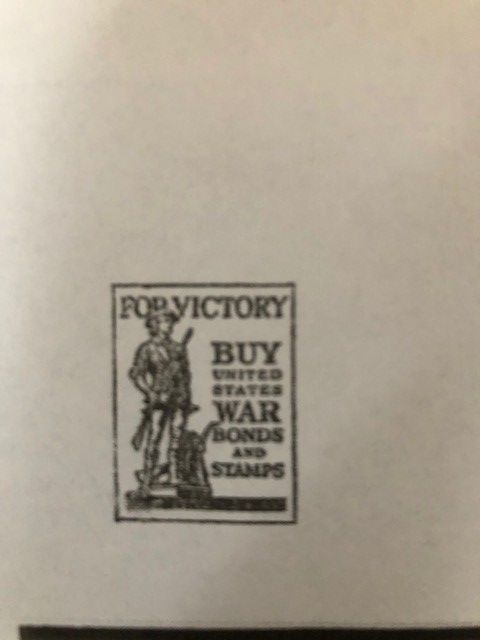Maria Mitchell In Her Own Words
June 1851
My Dear Sister . . . . Mrs. Dassel has painted me kneeling at my telescope. It looks like Adeline Coffin and is of course not handsome. If thee was here thee would have Mitchell’s {William Mitchell Barney, son of Sally and Matthew Barney} painted at once. She has a head of a child N. P. Willis that is very lovely. She has taken a room at the Atheneum and put up about a dozen pictures – very beautiful – Isabel is lovely. She has not tried to make a portrait, but a very pretty picture . . . . She is now engaged on Abra’m Quary – he is much flattered by it and it will be a fine portrait. I think we shall buy it or a copy for the Atheneum . . . . She will paint father also for herself – having made a pencil sketch . . . .We like her very much . . . .
The above is from a letter sent by Maria Mitchell to her eldest sister, Sally Mitchell Barney. In it, Maria details what everyone in the Mitchell family is up to. She includes some details about Herminia B. Dassel, an artist who came to Nantucket to paint the last Native Americans and also took an interest in the famous Mitchell family. This was of course four years after Maria’s discovery of the comet. At the time of this letter, Maria was still the librarian for the Atheneum and the portrait of Quary that she mentions possibly buying for the Atheneum, she did buy as it hangs in the Atheneum by the front door today. Opposite it, on the other side of the entry, is a portrait of Maria herself. Another Dassel portrait of Quary is in the collection of the Nantucket Historical Association. And the portrait Maria states she posed for is in the collection of the MMA. It was given to us in the early 1990s by Sally’s great granddaughter – the granddaughter of Mitchell whom she mentions above as well. Maria and Dasssel would become good friends – Maria was named the godmother of Dassel’s daughter. And the sketch of William made by Dassel that Maria states would become a portrait? It likely did come to fruition. It made its way down a side of the family but was unfortunately lost, likely sold as part of a family estate though we do have a photograph of it and one can tell it is the brush work of Dassel.
JNLF
Recent Posts





